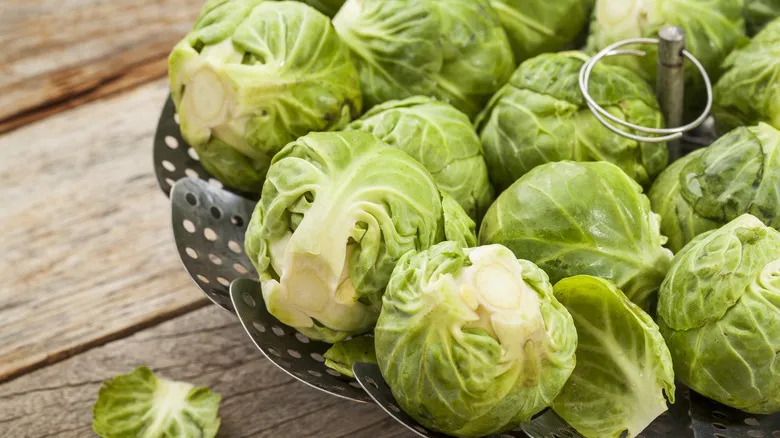Use a bamboo steamer basket
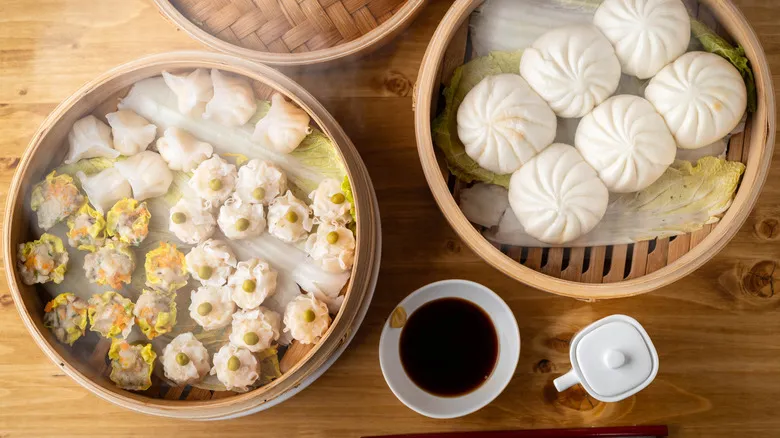
Bamboo steamers are closely associated with Asian cuisine. They are commonly used to prepare dim sum, fish, and vegetable dishes, providing an alternative to traditional steamer pots and stainless steel baskets. If you choose to use a bamboo steamer instead of these methods, there are a few important points to consider.
Firstly, bamboo steamer baskets absorb the flavors of the foods cooked within them. This is why seasoned chefs often line their baskets with cabbage leaves or, at the very least, parchment paper before adding the food to be steamed.
Secondly, bamboo steamers come with lids, eliminating the need to find a pot that has one. All you need for this setup is a shallow frying pan or wok filled with an inch or two of water. To minimize fire hazards, opt for a wide pan to ensure that the sides of the steamer do not touch the sides of the pan. Fill the steamer with your ingredients, add about two inches of water to the pot or wok, and start cooking.
It's also worth noting that this setup has a unique advantage: you can stack two bamboo steamer baskets on top of each other. For instance, you can place dumplings in one layer and fish or vegetables in the second basket. This method allows you to prepare multiple components of your meal simultaneously, saving you time at dinner.
Other steaming options to try
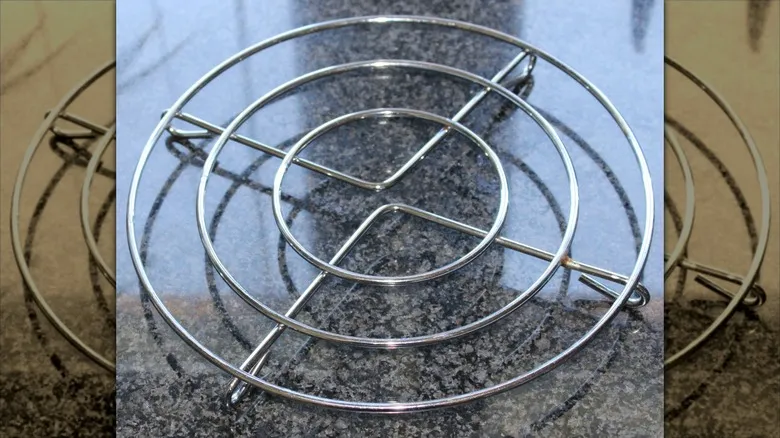
If you discover that your cupboard is lacking a steamer pot or steamer baskets, don’t worry—you still have options. Your first alternative is to use items that resemble steamer baskets. Search through your cupboard for a round cooling rack or a trivet with a mesh design, which will allow steam to pass through. It’s essential that these items have legs to elevate them above the bottom of the pot. Pour a few inches of water into the bottom of the pot, place your ingredients on the trivet or cooling rack, and set your improvised "steamer basket" into the pot. Steam as you normally would.
Moreover, no steaming tip would be complete without mentioning the microwave. This method doesn’t require any kind of basket—just a microwave-safe dish and some plastic wrap. Arrange your food items in the dish, ensuring they are spread out for even cooking. Add a couple of teaspoons of water, then cover the bowl with plastic wrap, leaving the seal slightly loose to let the steam escape. Place the dish in the microwave and set the timer for a few minutes.
As with the other methods, cooking times will vary based on the food. For instance, steamed carrots may take around eight to nine minutes, while green beans might only need four to five minutes to cook.
Recommended
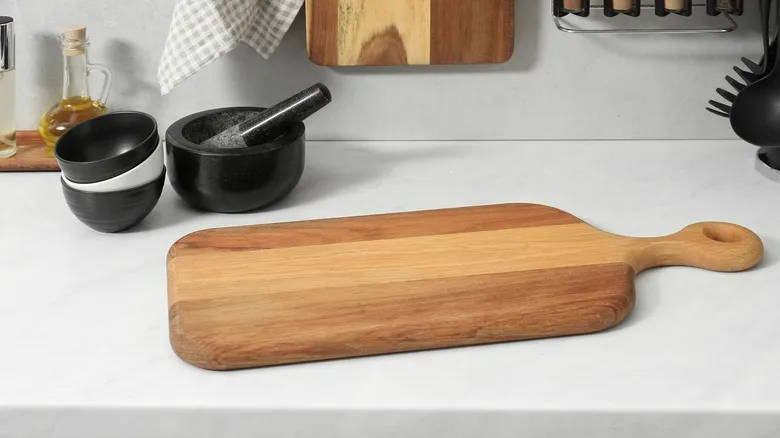
How To Clean A Wooden Cutting Board So It Doesn't Warp
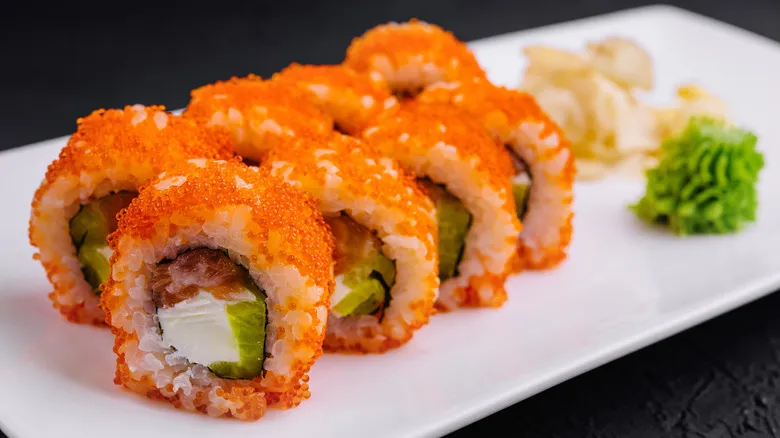
What Is Masago And How Do You Eat It?
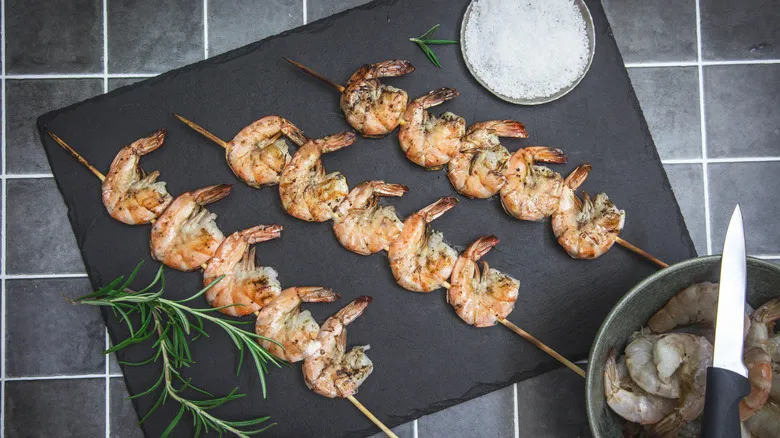
How To Grill Shrimp Perfectly Every Time
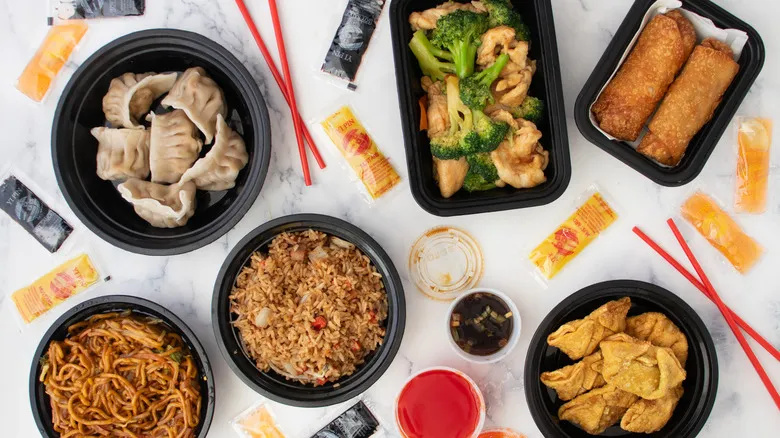
How To Reheat Chinese Food For First-Bite Flavor
Next up

